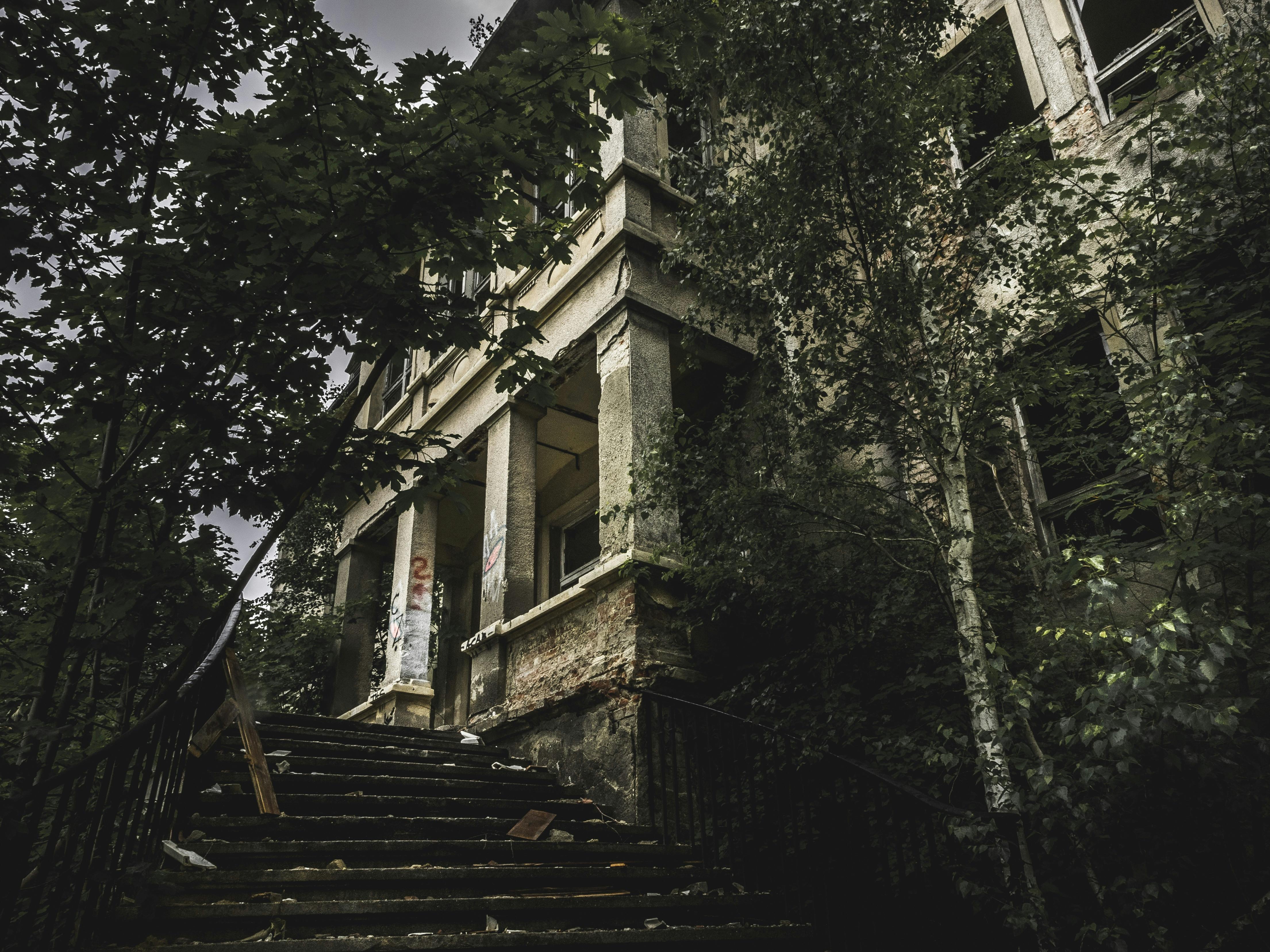Unveiling the Mystique of Dark Tourism: A Deeper Dive into the Fascination Behind Tragic Sites
The curiosity of humans knows no bounds. It pushes us through the frontiers of the known world, into the heart of uncharted territories, and even to the farthest corners of our universe. But it also nudge us towards a darker, more sombre dimension of travel – Dark Tourism. This article delves into the intriguing world of dark tourism, tracing its roots, exploring its current trends, and assessing its impact on the global travel landscape.

The Genesis of Dark Tourism
Dark Tourism, also known as grief tourism or thanatourism, is not a new phenomenon. It’s a centuries-old practice, dating back to the medieval ages when people traveled to witness public executions or visit the catacombs. The term itself was coined in the late 1990s by scholars Lennon and Foley, who realized that many people were attracted to sites associated with death or tragedy.
The Modern Allure of Dark Tourism
Today, dark tourism has evolved into a thriving niche within the global tourism industry. It encompasses a wide range of destinations, from the Ground Zero in New York and Auschwitz Concentration Camp in Poland to the Chernobyl Exclusion Zone in Ukraine. These places offer a stark contrast to the sunny beaches and theme parks that typically define vacation spots, yet they continue to draw millions of tourists annually.
Advantages, Challenges, and Impact
Dark tourism presents a unique opportunity to educate people about historical events, cultural tragedies, and societal issues. It helps to keep the memory of these events alive, fostering empathy and understanding among different cultures. However, it is also fraught with ethical challenges. There’s a fine line between respectful remembrance and voyeuristic entertainment, and crossing it can lead to commodification of suffering.
Dark tourism also has profound implications on local economies and communities. While it can contribute to economic development, it can also result in over-tourism, leading to environmental degradation and disruption of local lives.
The Interplay of Curiosity and Empathy
Why are people drawn to these tragic sites? Researchers suggest that it’s a complex interplay of curiosity, empathy, and a desire for authenticity. Tourists are not merely interested in the macabre; they want to understand the human stories behind these tragedies and pay their respects.
Fascinating Aspects of Dark Tourism
- Dark tourism is a powerful tool for historical education. Visitors get a firsthand experience of the events and their impact.
- It provides an avenue for catharsis. Some tourists visit these sites to process personal grief or to find closure.
- Dark tourism sites often have unique architectural or artistic significance. For example, the Berlin Wall and Hiroshima Peace Memorial are UNESCO World Heritage Sites.
In conclusion, dark tourism is a complex and multifaceted aspect of the global tourism industry. It’s more than just a morbid fascination with death or tragedy. It’s a testament to our human capacity for empathy, our desire for understanding, and our unending quest for authentic experiences. As we navigate this delicate terrain, it’s important to approach these sites with respect and consideration, ensuring that our curiosity doesn’t eclipse the dignity of the places and the stories they hold.





